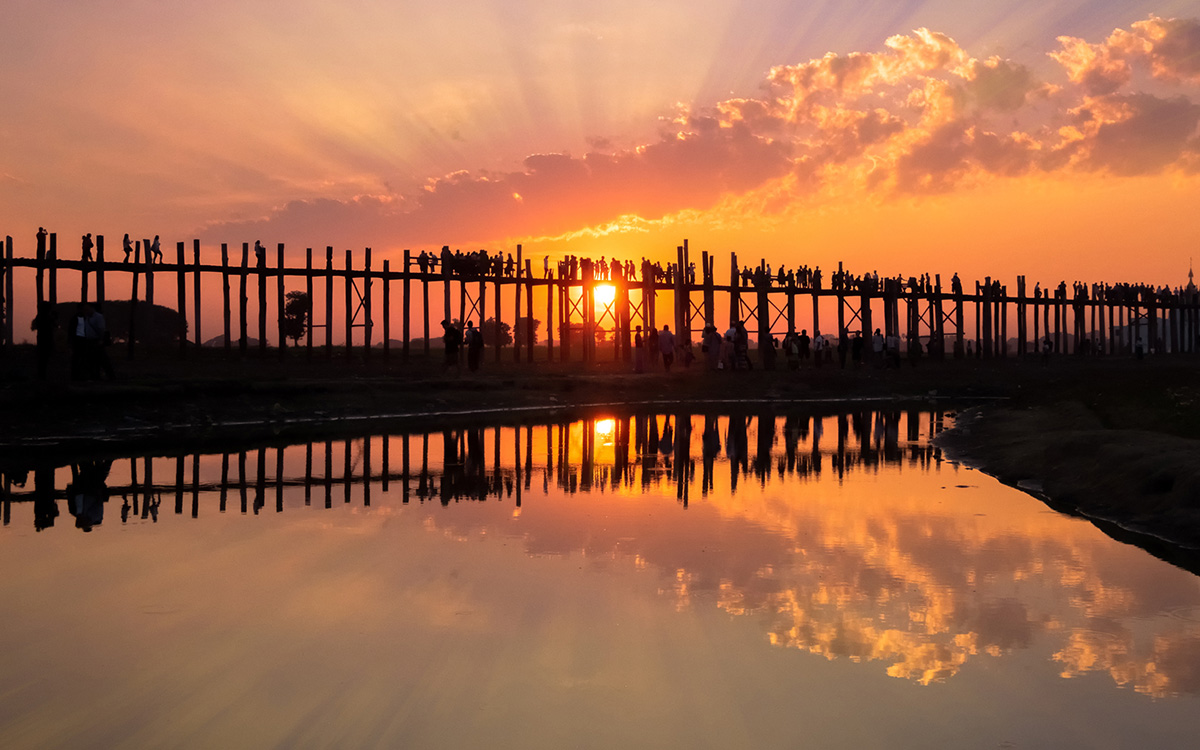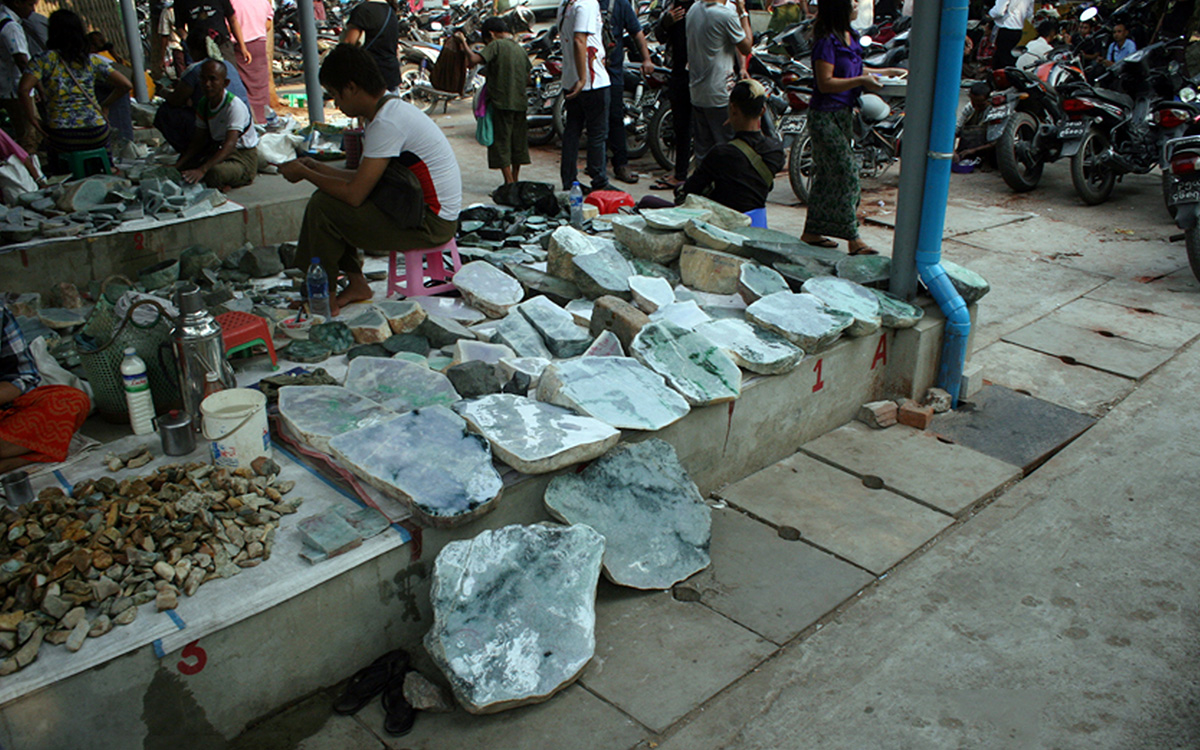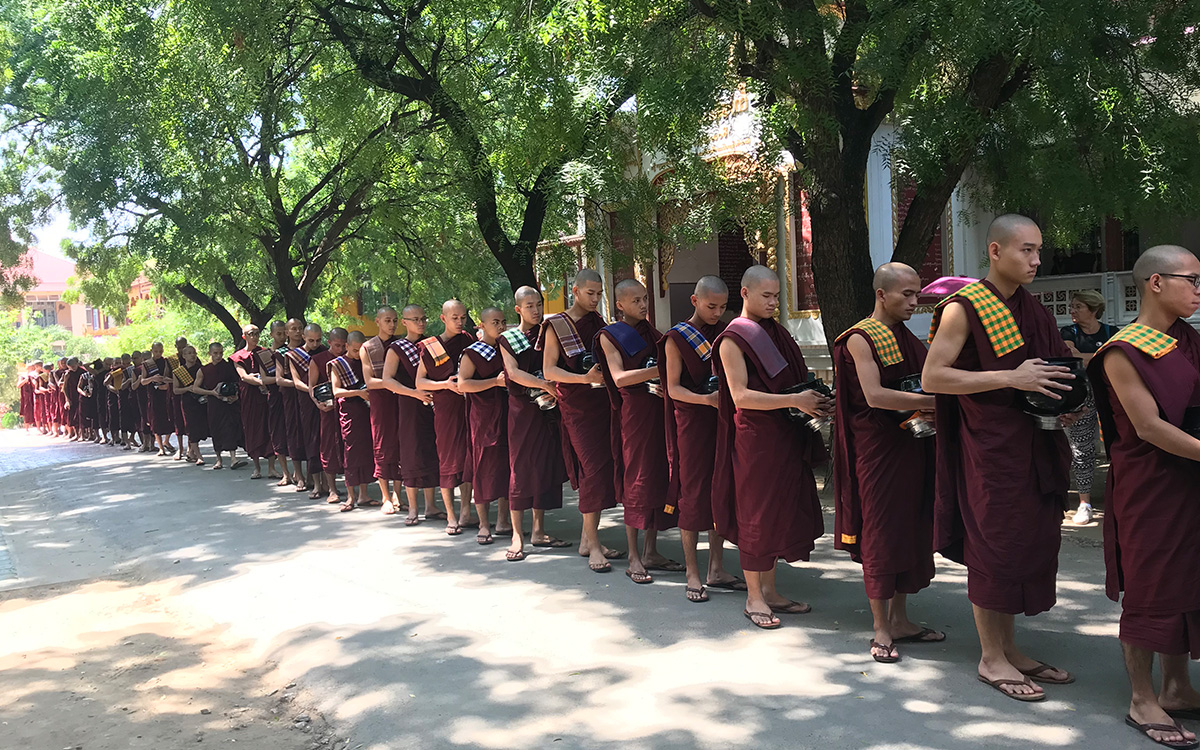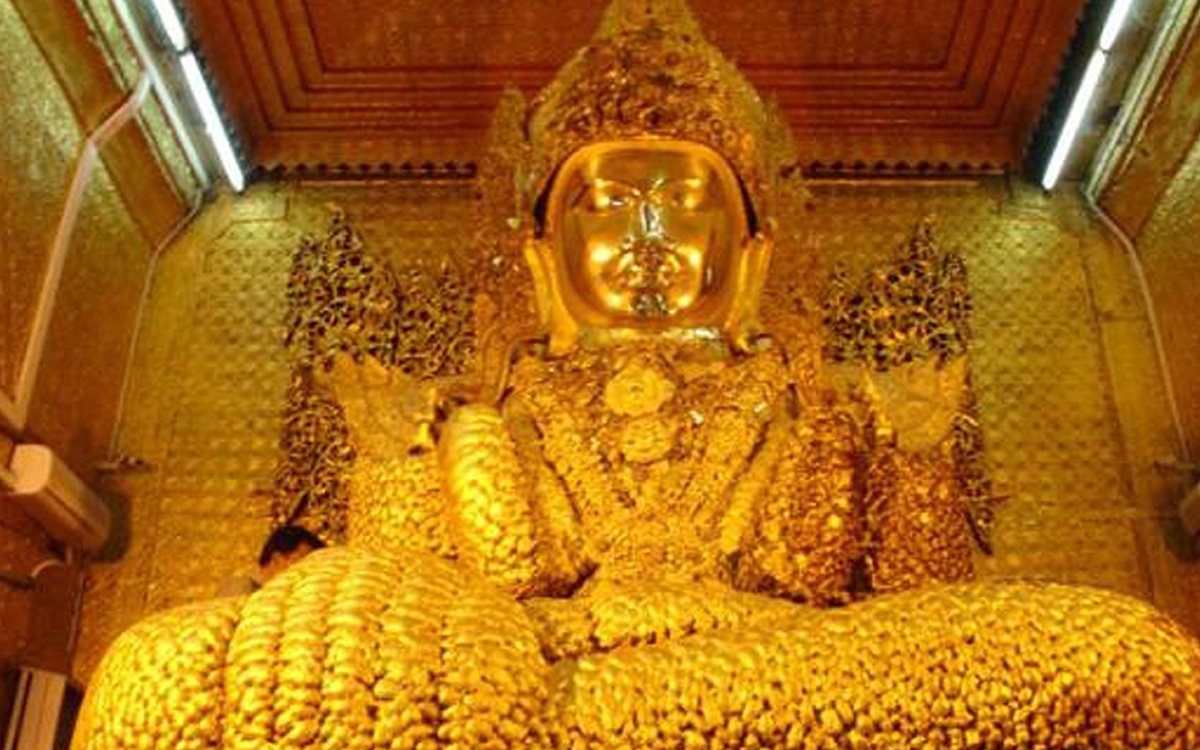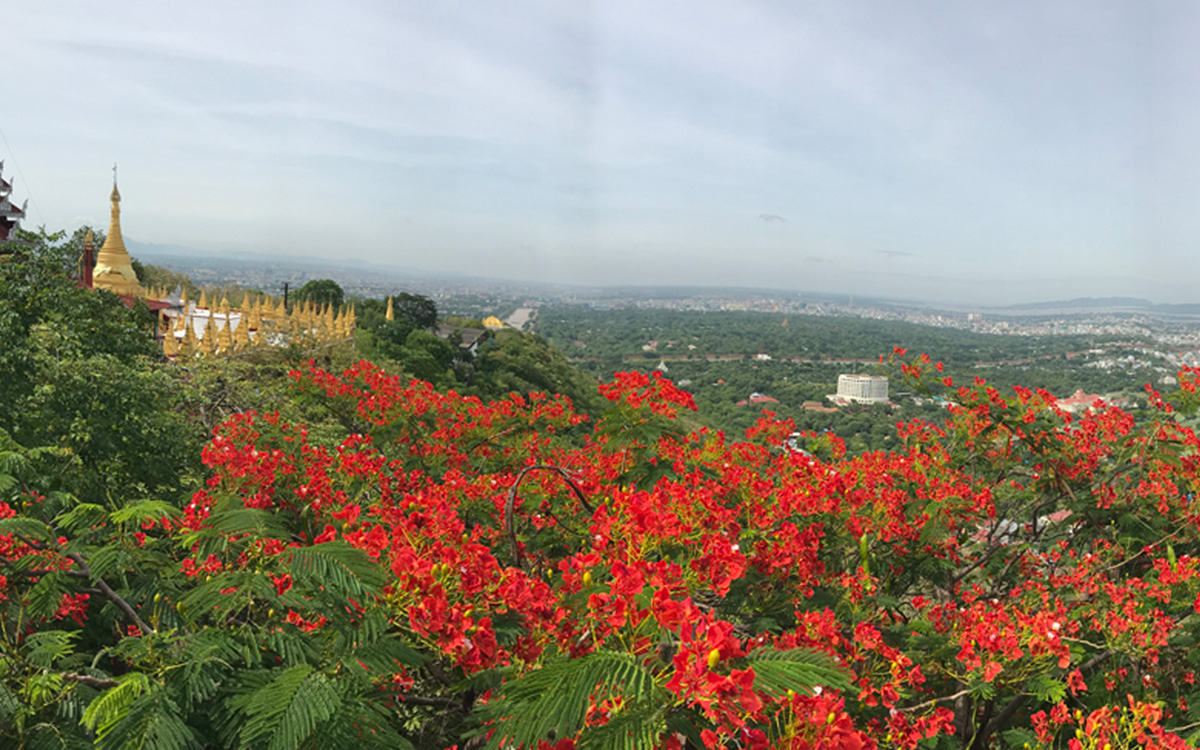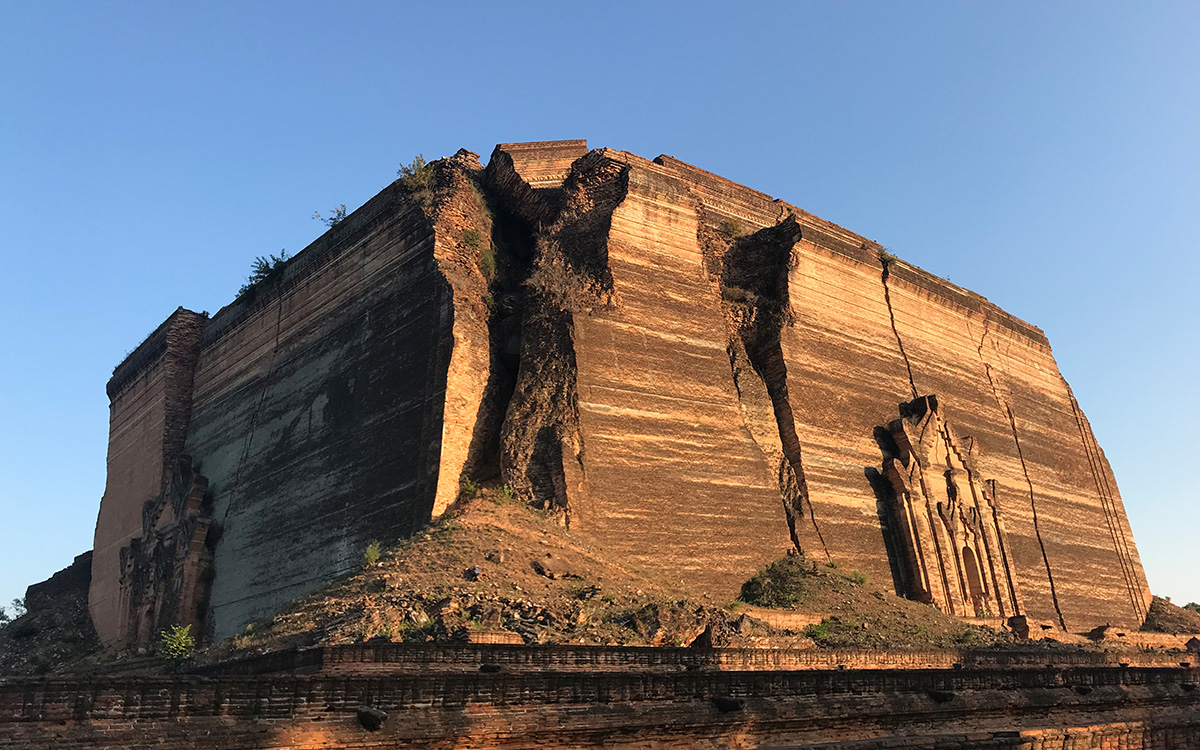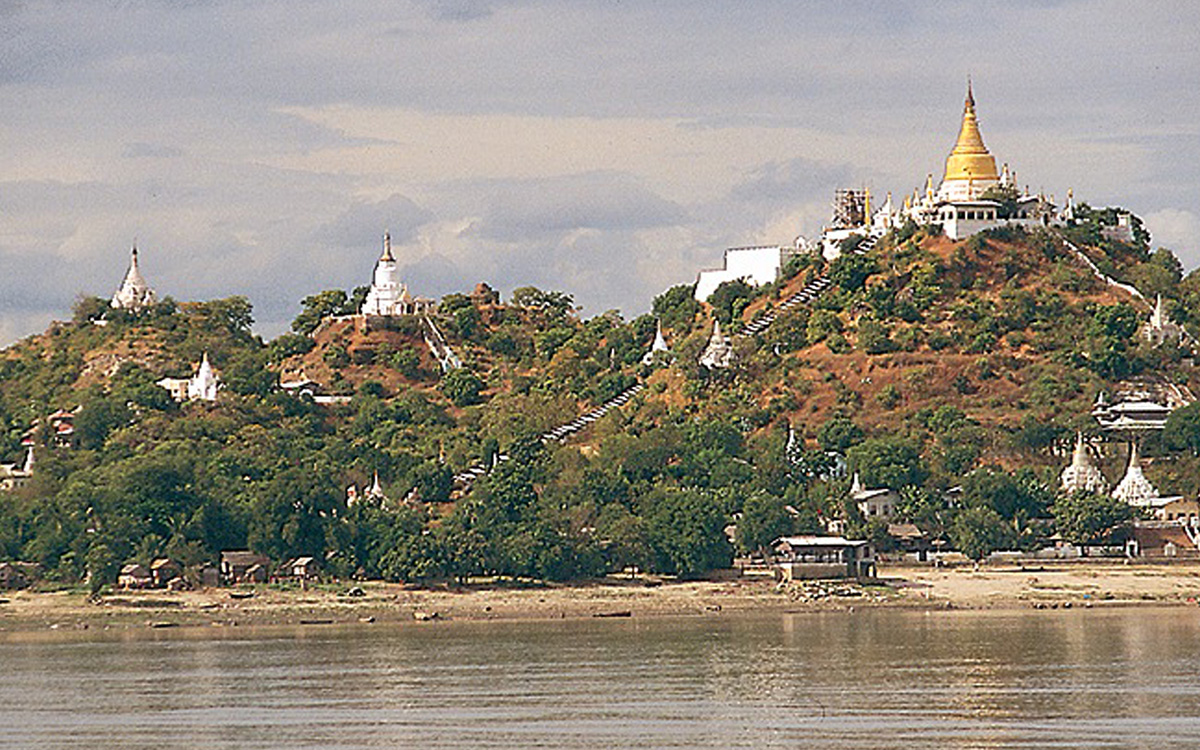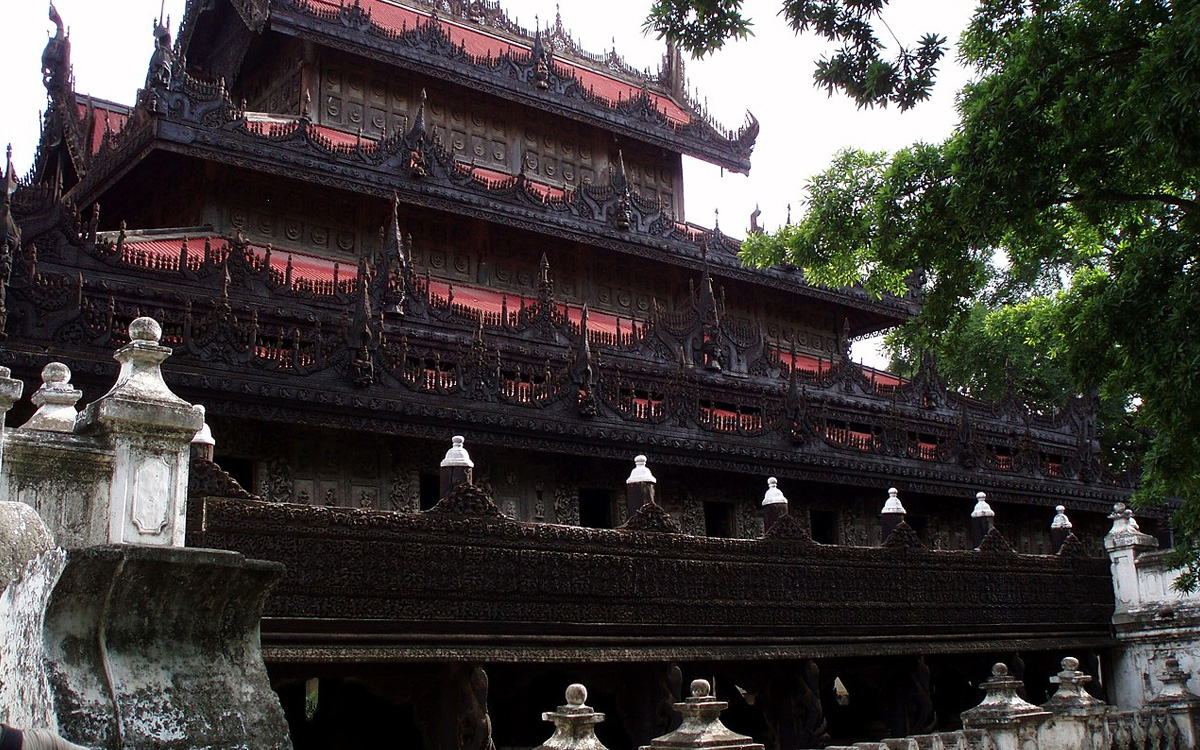Mandalay was founded in 1857 as the capital by King Mindon and remained the capital city of the Konboung, Myanmar’s last dynasty until it fell to British troops in 1885 and moved to Yangon. Today, Mandalay is known as the center of Myanmar culture, the second-largest city and famous for its monasteries, pagodas, temples and the resource of Myanmar arts and architecture. The city is both a bustling commercial center and a repository of rich cultural heritage with the remains of the old Royal City and its many ancient monasteries. Explore the past and present of this legendary city for an overland experience.

